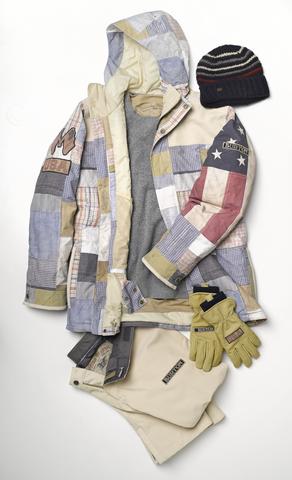Manufacturing Innovation Blog
Powered by the Manufacturing Extension Partnership

The last time the gold medal at the Olympic Games was made out of solid gold was 1912. The bronze medals at this year’s Winter Olympic Games are estimated to be worth a little under $4 which is kind of a letdown, if you ask me. In comparison, the value of gold medals is right around $566 and the silver medals are $323. That’s more like it. But, this is not a blog about the price of gold. Instead, it is about the value of teaming with the right partners, including federal researchers such as those in the Defense Department. It’s a different kind of story about Olympic unity.

To test potential fabrics, Burton teamed up with Dr. Phil Gibson, a physical scientist with the U.S. Army's Natick Soldier Research, Development and Engineering Center, also known as the Natick Army Labs, in Massachusetts. Natick specializes in researching and developing products for soldiers, like fire-resistant uniforms. Researchers there have helped create a number of products we all recognize, including bulletproof vests, GPS systems, and Tang (I’m not so sure about the merits of Tang, myself, but the rest of this list is pretty amazing).
Burton wanted to work with Dr. Gibson because he is known for conducting a specific experiment to test humidity levels on both sides of a fabric. Burton wanted its new DRYRIDE Vaporshell laminate to help keep the rider warm and dry, whether the dampness is due to outside snow or their own sweat. The breakthrough technology begins to “perform,” so to speak, when a rider starts to sweat. Dr. Gibson’s testing of the material’s reaction to humidity on both sides of the jacket showed that the fabric did what it was supposed to do.. The new DRYRIDE Nanoshell laminates waterproof membrane is also breathable.
According to a Natick-base spokesman, the lab’s scientists frequently work with the private sector on research and development through testing service agreements such as the one with Burton because it brings a wide range of evolving technologies into the facility that the scientists otherwise would not see. The companies also pay Natick for the testing, so both sides ultimately benefit in a number of ways from the exchange of knowledge and technology.
I do not understand gold exchange rates. Nor do I understand the language of snowboarders (a Fakie? a McTwist? an Ollie?) I just know that manufacturers like Burton are driven to succeed and finding the right partners is an important part of that success.
About the author
Related Posts
Comments
- Reply


